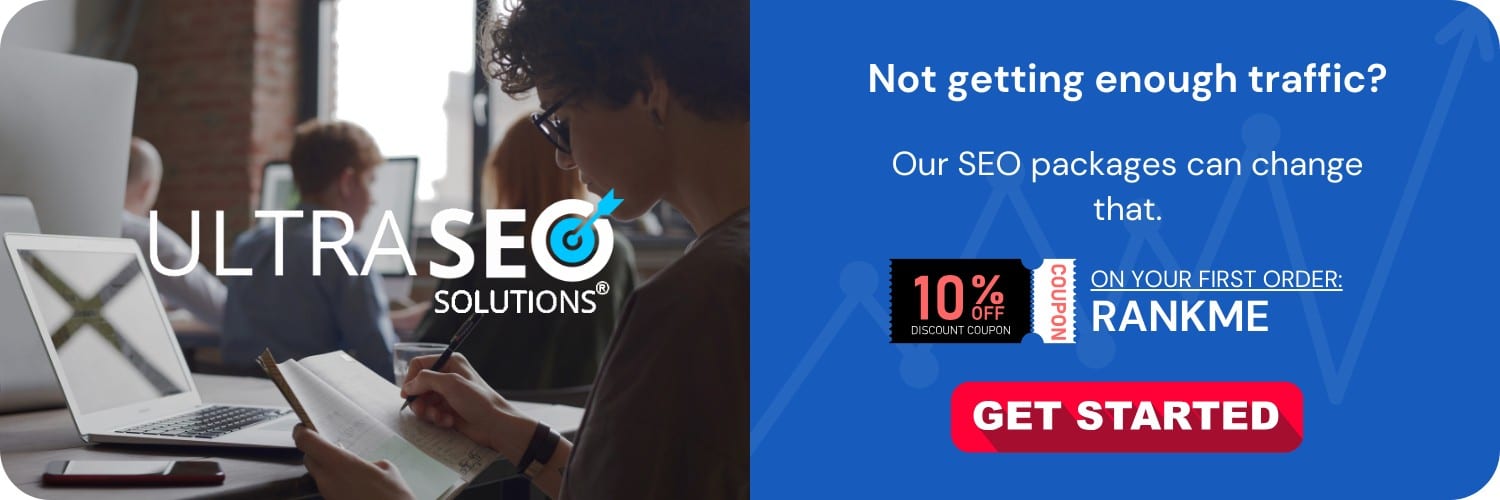
Search engine optimization (SEO) is a critical skill for any freelance graphic designer looking to showcase their work to a wider audience. The best practices for a freelance graphic designer to enhance their SEO include creating a visually appealing and mobile-friendly website, using descriptive and keyword-rich file names for images, incorporating alt tags with relevant keywords, optimizing website loading times, regularly updating the portfolio with fresh content, and leveraging social media platforms for increased visibility and backlinks.
Understanding the Importance of SEO for Graphic Designers
As a freelance graphic designer, your online presence is often the first introduction potential clients have to your work. It’s essential that your portfolio stands out—not only through the quality of your designs but also in its ability to be found through search engines. The convergence of eye-catching design and SEO can be the catalyst to attracting more clients and building a stronger online brand.
Optimizing Visual Content for Search Engines
Your portfolio’s visual content must be as search-friendly as your website’s textual elements. Search engines prioritize content that enhances user experience—meaning that your images should load quickly and look great on any device. This requires optimizing your images for web use, ensuring that each graphic demonstrates outstanding craftsmanship while maintaining manageable file sizes.
Using Descriptive, Keyword-Rich File Names and Alt Tags
Every image on your website offers an opportunity to improve your site’s SEO. By using descriptive, keyword-rich file names, you inform search engines about the content of your images, helping your work appear in relevant image searches. Additionally, implementing alt tags on images not only improves accessibility but also serves as another chance to include pertinent keywords that align with your potential clients’ search intentions.
Crafting SEO-Friendly Website Content
Beyond your images, the textual content on your website helps define its SEO standing. The integration of keywords into your site’s copy should feel natural and be relevant to the services you provide. This spans across your homepage, about page, service descriptions, blog posts, and even your meta-descriptions and title tags.
Homepage and Service Descriptions
Your homepage should clearly articulate the services you offer, accompanied by strategic keywords. Don’t stuff keywords, but instead aim to write engaging, informative copy that naturally weaves in the terms your clients are likely to search for.
About Page and Personal Branding
Your about page is the perfect place to imbue personality into your SEO. By adopting a voice that reflects your brand and using terms that prospective clients might use to find a graphic designer, you can improve your search rankings while connecting with your audience on a personal level.
Blog Posts and Fresh Content
Blogging is an effective way to add fresh content to your site, which search engines favor. Write about topics that showcase your expertise, engage your target audience, and incorporate keywords strategically and contextually.
SEO and Website Performance
Your website’s performance is a fundamental aspect of its SEO. Search engines like Google use site speed as a ranking factor, meaning faster sites have a better chance of appearing higher in search results.
Site Loading Times
Optimizing site loading times can involve compressing images, leveraging browser caching, and minimizing the use of heavy scripts that can slow your page down. Simple design choices, like reducing the number of fonts or font sizes, can also contribute to better performance.
Mobile Optimization
With the rise of mobile browsing, having a website that performs well on smartphones and tablets is non-negotiable. This extends beyond aesthetic layout; it affects how search engines rank your site. Ensuring that your website is responsive and offers a seamless mobile experience is critical.
Building Your Online Presence
A comprehensive online presence extends past your website. Social media platforms are instrumental in expanding your reach and can positively impact your SEO.
The Power of Social Media
Platforms like Instagram, LinkedIn, and Behance are fertile ground for graphic designers to showcase their work. Not only do they provide platforms where visuals take center-stage, they can also direct traffic back to your website and contribute to your site’s overall SEO as a result of the social signals they send to search engines.
Backlinking Strategies
Backlinks—links from other websites to yours—are critical for SEO. As a graphic designer, you can earn backlinks by guest blogging, participating in design contests, or getting featured in design galleries. The more reputable your backlink sources, the more they can boost your SEO standing.
Tracking Your SEO Progress
SEO isn’t a once-and-done deal. It requires monitoring and adjustment as you refine your strategies and as search algorithms evolve.
Utilizing SEO Tools and Analytics
To keep abreast of your SEO performance, tools like Google Analytics can help you understand your website’s traffic and indicate where improvements can be made. Similarly, Google Search Console can provide insights into how your site appears in search results and how users interact with it.
A/B Testing for Continuous Improvement
Regular testing can lead to better SEO over time. A/B testing—or split testing—allows you to make controlled changes to your website while tracking how they affect your traffic and engagement metrics. This data-driven approach ensures you’re making informed decisions that cater to your target audience.
Finishing Thoughts
SEO is an ongoing process that requires diligence, creativity, and a willingness to stay informed about best practices. As a freelance graphic designer, you can use SEO to not only highlight your work but to also tell your story and build the kind of online presence that resonates with your ideal clientele. By following these best practices, you’ll not only boost your visibility but also establish a digital footprint that stands the test of time in the ever-evolving digital landscape. Remember, stunning designs paired with smart SEO strategies become the hallmark of success in the competitive world of freelance graphic design.“`html
Frequently Asked Questions
What is SEO and why is it important for a freelance graphic designer?
SEO, or Search Engine Optimization, is the practice of improving the ranking of a website on search engines to increase its visibility when people search for relevant keywords and phrases. For a freelance graphic designer, SEO is important because it can help attract more traffic to their website, potentially leading to more clients and business opportunities.
How can I optimize my graphic design portfolio for search engines?
To optimize your graphic design portfolio, ensure that you include relevant keywords in your content and meta tags, create high-quality and original images with descriptive filenames and alt text, and make sure your website is easy to navigate with a clear structure. Also, consider maintaining an active blog that covers topics related to graphic design to provide fresh content regularly.
What keywords should a freelance graphic designer target for SEO?
Freelance graphic designers should target keywords that are relevant to their services, such as “freelance graphic designer,” “logo design services,” “custom web graphics,” “brand identity design,” and any other services they provide. Additionally, it is often beneficial to include location-based keywords if the designer is targeting local clients.
Can social media profiles influence my SEO?
Yes, social media profiles and activities can influence your SEO. Active social media accounts can increase your online presence and drive traffic to your website. They can also appear in search results, offering additional opportunities for potential clients to find you. Make sure to include a link to your website on your social media profiles.
Should I include a blog on my graphic designer website for SEO purposes?
Including a blog on your graphic designer website can be beneficial for SEO. A blog allows you to create regular, fresh, and relevant content that can be optimized for search engines. It can also establish your expertise, help attract new visitors, and provide value to your audience, potentially leading to higher search engine rankings.
How important are backlinks for SEO as a freelance graphic designer?
Backlinks are very important for SEO because they signal to search engines that other websites consider your content valuable enough to link to. For a freelance graphic designer, getting backlinks from reputable industry-related websites, design blogs, and past clients’ websites can improve your website’s authority and ranking.
What are some technical SEO practices I should implement on my website?
Technical SEO practices include ensuring your website loads quickly, is mobile-friendly, has a secure connection (HTTPS), features an XML sitemap, uses structured data markup, and has a clean URL structure. Additionally, regularly checking for crawl errors and broken links is crucial to maintaining a healthy website.
How can I measure the effectiveness of my SEO efforts?
You can measure the effectiveness of your SEO efforts using tools like Google Analytics to track traffic, engagement, and conversions. Additionally, Google Search Console can help you monitor your website’s search rankings, view the keywords you rank for, and check for any indexing issues.
“`






